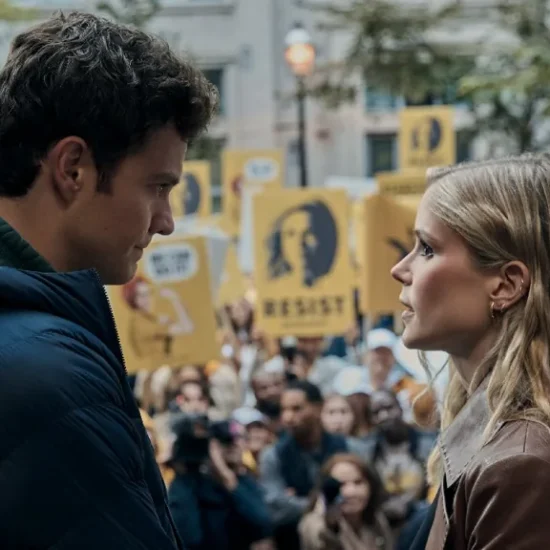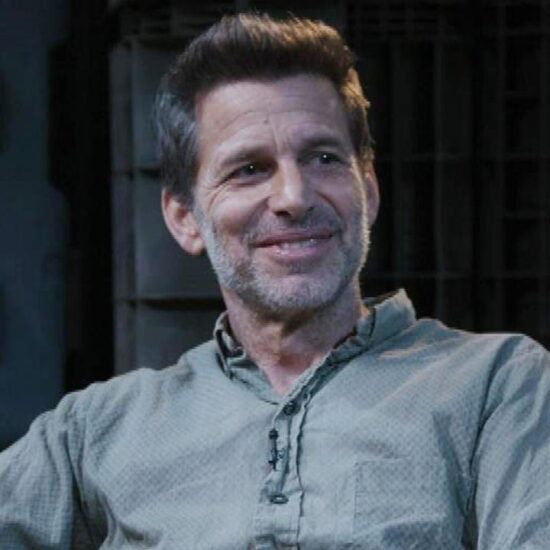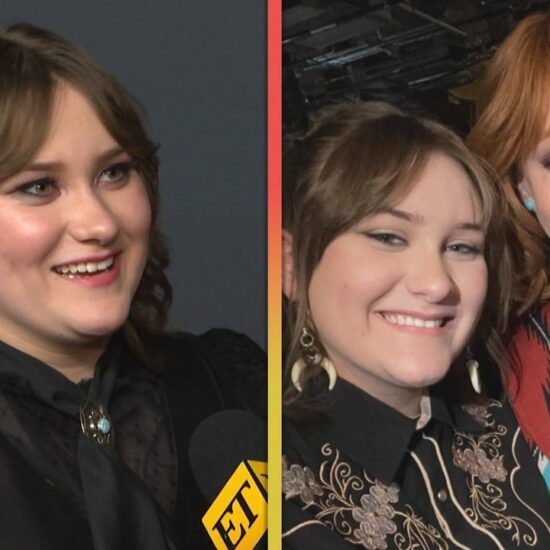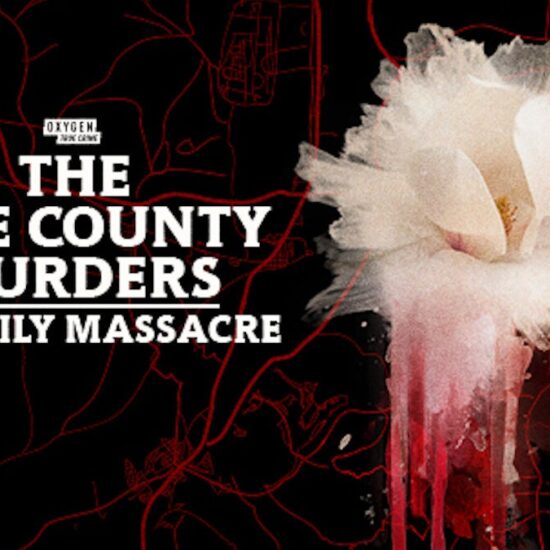
Four documentary filmmakers were invited to participate in the Sundance Institute’s newly created Indigenous non-fiction intensive program that concludes July 29.
The three-day program was created to identify Indigenous artists creating formally bold and personal work and to uplift them with a small grant and mentorship on a current edit of their short-form documentary films.
The four filmmakers selected to partake in the new initiative are: Sarah Liese (“Coming In”), Sean Connelly (“A Justice Advancing Architecture Tour”), Olivia Camfield and Woodrow Hunt (“If You Look Under There You’ll Find It”). The advisors for the inaugural program include Emmy award-winning filmmaker Colleen Thurston (“Osiyo, Voices of the Cherokee People”), filmmaker-editor Maya Daisy Hawke (“Cave of Forgotten Dreams”), and filmmaker Darol Olu Kae (“I Ran From It and Was Still in It”).
Each participant will receive year-round creative support from Sundance’s Indigenous program staffers as they work to complete their films.
Indigenous program director Adam Piron says that the new initiative builds on the Sundance Institute’s commitment to documentary filmmaking through its documentary film program and labs.
“There’s a history of documentary film and Indigenous communities that’s been, to put it lightly, contentious,” says Piron. “This tension lies in the non-fiction field’s roots in salvage ethnography, a now widely critiqued practice of early American anthropology’s compulsions of capturing cultures before their assumed extinction.”
He notes that Robert J. Flaherty’s silent film “Nanook of the North” (1922), the first feature-length documentary, has since been criticized for its subhumanizing portrayals of the Inuit in comparing them to animals and staged sequences that inferred Indigenous people were technologically a century behind how they were currently living.
“The success of Flaherty’s work and others further cemented American cinema’s image of Indigenous people as living outside of modernity and opened the door for filmmakers utilizing similar extractive and deliberately misrepresentative practices that have continued a century later,” he says. “With all of its built-in questioning of objectivity, subjectivity, and the gaze, non-fiction provided a cinematic space that Indigenous artists have utilized to subvert the very form itself and its historical conventions by leaning into their own expressions of culturally specific storytelling traditions and logic.”
The three-day intensive joins the Sundance Institute’s long running Indigenous program, which was created in 1994. The program provides support to Indigenous and Native American-created stories on a global scale. From labs and fellowships to screenings and gatherings around the world, the program’s offerings are designed in response to the specific needs of Native and Indigenous storytellers. Thus far the program has supported more than 300 Native and Indigenous filmmakers including Taika Waititi, Sterlin Harjo, Sydney Freeland, Erica Tremblay, and Blackhorse Lowe. At the 2022 Sundance Film Festival, nine projects by Indigenous artists screened.
The Sundance Institute Indigenous non-fiction intensive is intended to be an annual event.













